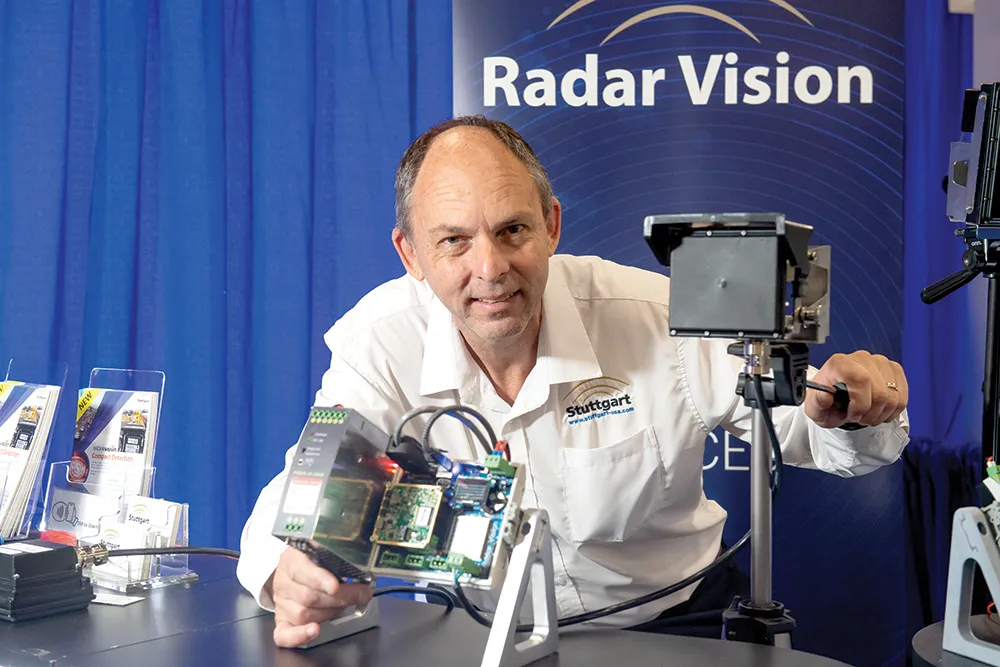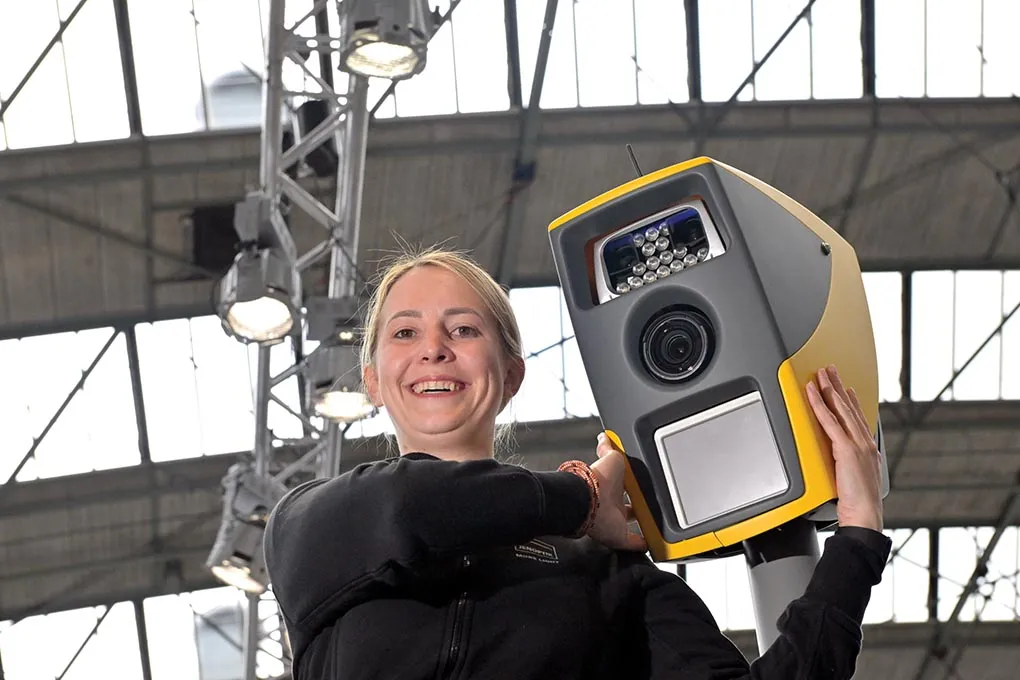RedflexRed-radar, Redflex’s innovative fixed traffic enforcement solution has received type approval from the Traffic, Acoustics and Vibration sector at the Federal Institute of Metrology (METAS) in Switzerland.
RedflexRed-radar is a fixed traffic enforcement solution, utilising proprietary Redflex non-intrusive mapping radar technology with high resolution cameras to detect and photograph intersection red light and speed offences across up to six lanes of traffic. The proprietary Redflex phase monopulse
September 19, 2014
Read time: 2 mins
RedflexRed-radar, 112 Redflex’s innovative fixed traffic enforcement solution has received type approval from the Traffic, Acoustics and Vibration sector at the Federal Institute of Metrology (METAS) in Switzerland.
RedflexRed-radar is a fixed traffic enforcement solution, utilising proprietary Redflex non-intrusive mapping radar technology with high resolution cameras to detect and photograph intersection red light and speed offences across up to six lanes of traffic. The proprietary Redflex phase monopulse mapping radar uses a low power ultra wide beam antenna which covers a complete intersection and enables the location of a target in X, Y coordinates and its velocity vector to be determined. Users can configure virtual detection lines in the enforcement zone, eliminating the need for in-road sensors.
RedflexRed-radar is the first red light and speed enforcement system to feature true secondary speed verification capability. It tracks the speed and position of 30 vehicles simultaneously and records two independent speed measurements for every vehicle detected, automatically verifying that they are within the allowable tolerance.
According to Walter Fasel, head of the Traffic, Acoustics and Vibration sector, “RedflexRed-radar is a state of the art speed system. The solution to measure the speed of a vehicle with two independent speed sensors gives a very high measuring certainty and that, combined with accurate speed sensors, gives a high measurement accuracy”.
Ricardo Fiusco, Redflex CEO, commented, “The RedflexRed-radar system is designed to achieve the highest detection rate and accuracy in real world traffic conditions. I am proud to have this system tested and endorsed by one of the most respected metrology institutes in the world.”
RedflexRed-radar is a fixed traffic enforcement solution, utilising proprietary Redflex non-intrusive mapping radar technology with high resolution cameras to detect and photograph intersection red light and speed offences across up to six lanes of traffic. The proprietary Redflex phase monopulse mapping radar uses a low power ultra wide beam antenna which covers a complete intersection and enables the location of a target in X, Y coordinates and its velocity vector to be determined. Users can configure virtual detection lines in the enforcement zone, eliminating the need for in-road sensors.
RedflexRed-radar is the first red light and speed enforcement system to feature true secondary speed verification capability. It tracks the speed and position of 30 vehicles simultaneously and records two independent speed measurements for every vehicle detected, automatically verifying that they are within the allowable tolerance.
According to Walter Fasel, head of the Traffic, Acoustics and Vibration sector, “RedflexRed-radar is a state of the art speed system. The solution to measure the speed of a vehicle with two independent speed sensors gives a very high measuring certainty and that, combined with accurate speed sensors, gives a high measurement accuracy”.
Ricardo Fiusco, Redflex CEO, commented, “The RedflexRed-radar system is designed to achieve the highest detection rate and accuracy in real world traffic conditions. I am proud to have this system tested and endorsed by one of the most respected metrology institutes in the world.”









